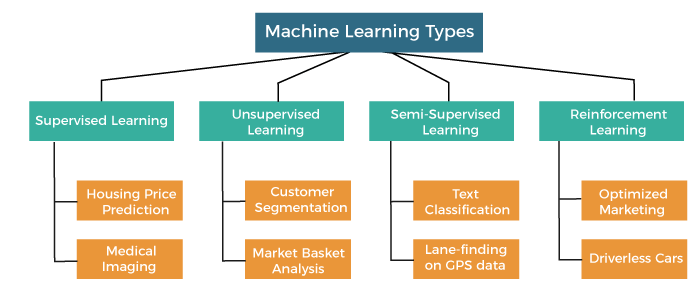This article provides a comprehensive guide on integrating machine learning into mobile app development. It discusses the benefits of using machine learning, the types of machine learning algorithms available, and the steps involved in integrating machine learning into a mobile app.
Mobile app development has evolved significantly in recent years, and integration is one of the key trends that has emerged. The potential to transform mobile apps and provide users with smarter, personalized experiences.
However, integrating can be a daunting task for developers who are not familiar with this technology.

One of the key benefits of using machine learning in mobile app development is the ability to provide personalized experiences to users. By analyzing user data and behavior, models can provide personalized recommendations, predictions, and insights. For example, a mobile app that uses machine learning could recommend products or services based on a user’s past purchases, browsing history, and preferences.
Another benefit of using mobile app development is the ability to automate certain processes. For example, a mobile app that uses could automatically analyze user data and make decisions based on that data. This could include decisions about pricing, marketing, or product development.
However, integrating into mobile apps also comes with its own set of challenges. One of the biggest challenges is the need for large amounts of data to train the machine learning model. This can be particularly challenging for mobile apps that have a smaller user base or limited access to data.
Another challenge is the computational complexity of models. Models can be computationally expensive, which can impact the performance of the mobile app. In order to address this challenge, app developers may need to optimize their code or use specialized hardware to run the models.
Finally, integrating into mobile apps requires specialized knowledge and skills. App developers who are not familiar with may need to seek out training or hire specialized staff to help with the integration process.
Benefits of Using Machine Learning:
Before we dive into the technical details of integrating, it’s important to understand the benefits of this technology. Machine learning can help mobile apps become more intelligent, personalized, and efficient. It can also help app developers automate certain processes, such as data analysis and decision-making. Additionally, can help mobile apps provide better recommendations, predictions, and insights to users.
Types of Machine Learning Algorithms:

There are several types of machine learning algorithms that app developers can use when integrating machine learning into their mobile apps. These include supervised learning, unsupervised learning, and reinforcement learning. Supervised learning involves training a model with labeled data, while unsupervised learning involves training a model with unlabeled data. Reinforcement learning involves training a model to make decisions based on feedback from the environment.
Steps to Integrate Machine Learning into Your Mobile App:
- Identify the Problem: The first step in integrating into your mobile app is to identify the problem you want to solve. This could be anything from improving user engagement to providing better recommendations.
- Collect Data: Once you have identified the problem, the next step is to collect data. This could include user data, behavioral data, or any other relevant data that can help train your machine-learning model.
- Clean and Preprocess Data: Before you can use the data to train your machine learning model, you need to clean and preprocess it. This involves removing any irrelevant data, handling missing values, and scaling the data to ensure that it is consistent.
- Select a Machine Learning Algorithm: Once you have preprocessed the data, the next step is to select a machine learning algorithm that is suitable for your problem. This could be a classification algorithm, regression algorithm, or clustering algorithm.
- Train the Machine Learning Model: Once you have selected the algorithm, the next step is to train the model. This involves feeding the preprocessed data into the algorithm and iteratively adjusting the model’s parameters to improve its accuracy.
- Test the Model: Once the model has been trained, the next step is to test it. This involves using a separate set of data to evaluate the model’s performance and ensure that it is accurate.
- Integrate the Model into Your Mobile App: Once you are satisfied with the model’s performance, the next step is to integrate it into your mobile app. This involves writing code to load the model into the app and use it to make predictions.
- Monitor and Improve Performance: After integrating the model into your mobile app, it’s important to monitor its performance and make improvements as needed. This could involve retraining the model with new data or adjusting its parameters to improve its accuracy.
Challenges in Integrating Machine Learning:

While integrating machine learning into mobile apps has many benefits, it also comes with its own set of challenges. One of the biggest challenges is the need for large amounts of data to train the model. Additionally, models can be computationally expensive, which can impact the performance of the mobile app. Finally, integrating machine learning requires specialized knowledge and skills, which may not be available to all app developers.
Conclusion:
Integrating into mobile app development can provide numerous benefits, including smarter, personalized experiences for users. However, it also requires careful planning, data collection, and specialized knowledge. By following the steps outlined in this article, app developers can successfully integrate machine learning into their mobile apps and provide users with a more intelligent and efficient experience.



















